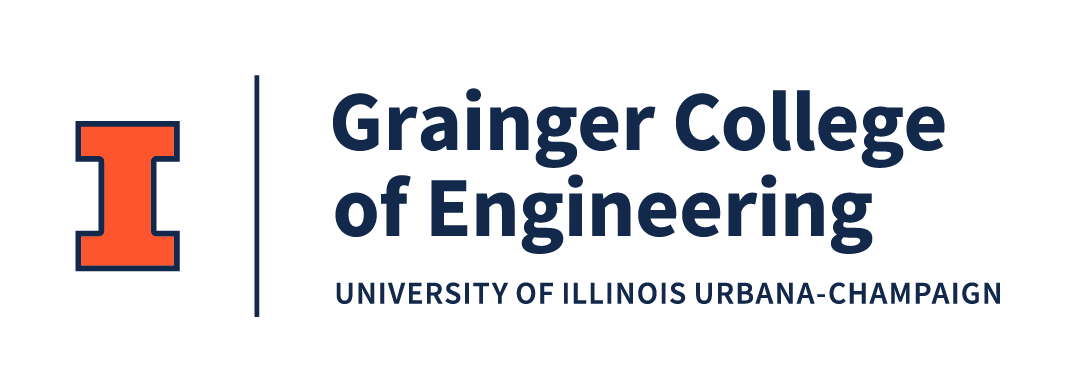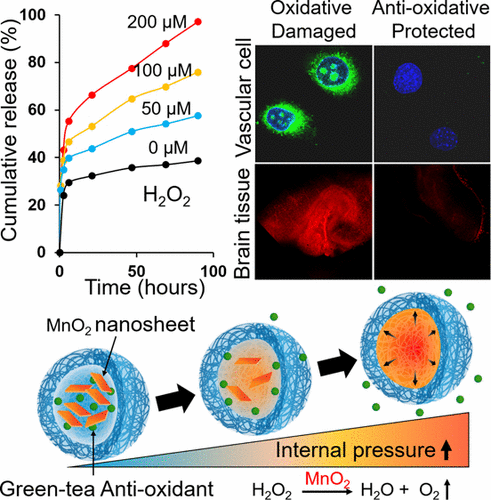A collaborative paper with Professor Joon Kong’s group at UIUC is published at ASC Applied Materials & Interfaces.
Active Antioxidizing Particles for On-Demand Pressure-Driven Molecular Release
Yongbeom Seo, Jiayu Leong, Jye Yng Teo, Jennifer W. Mitchell, Martha U. Gillette, Bumsoo Han, Jonghwi Lee, and Hyunjoon Kong
Abstract
Overproduced reactive oxygen species (ROS) are closely related to various health problems including inflammation, infection, and cancer. Abnormally high ROS levels can cause serious oxidative damage to biomolecules, cells, and tissues. A series of nano- or microsized particles has been developed to reduce the oxidative stress level by delivering antioxidant drugs. However, most systems are often plagued by slow molecular discharge, driven by diffusion. Herein, this study demonstrates the polymeric particles whose internal pressure can increase upon exposure to H2O2, one of the ROS, and in turn, discharge antioxidants actively. The on-demand pressurized particles are assembled by simultaneously encapsulating water-dispersible manganese oxide (MnO2) nanosheets and green tea derived epigallocatechin gallate (EGCG) molecules into a poly(lactic-co-glycolic acid) (PLGA) spherical shell. In the presence of H2O2, the MnO2nanosheets in the PLGA particle generate oxygen gas by decomposing H2O2 and increase the internal pressure. The pressurized PLGA particles release antioxidative EGCG actively and, in turn, protect vascular and brain tissues from oxidative damage more effectively than the particles without MnO2 nanosheets. This H2O2 responsive, self-pressurizing particle system would be useful to deliver a wide array of molecular cargos in response to the oxidation level.


